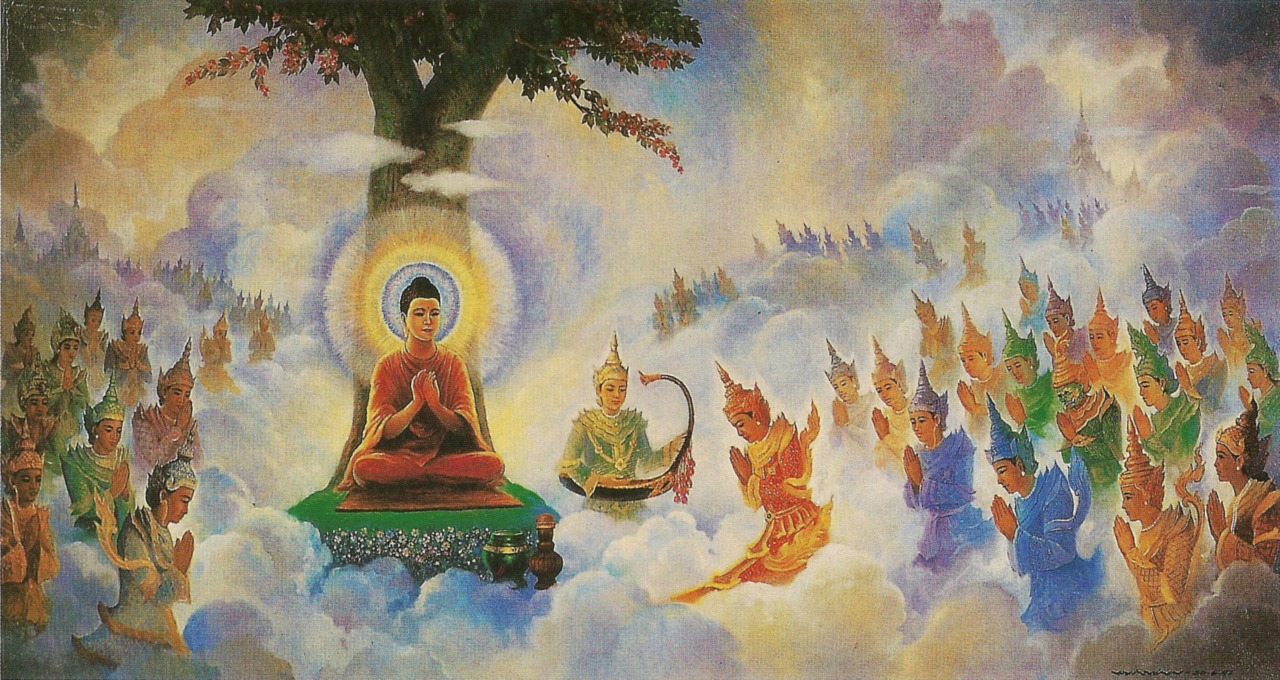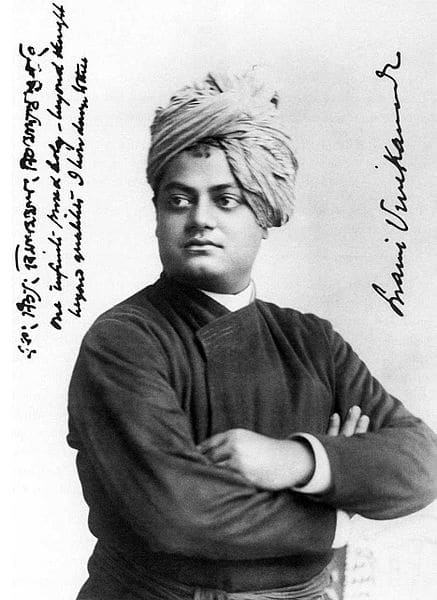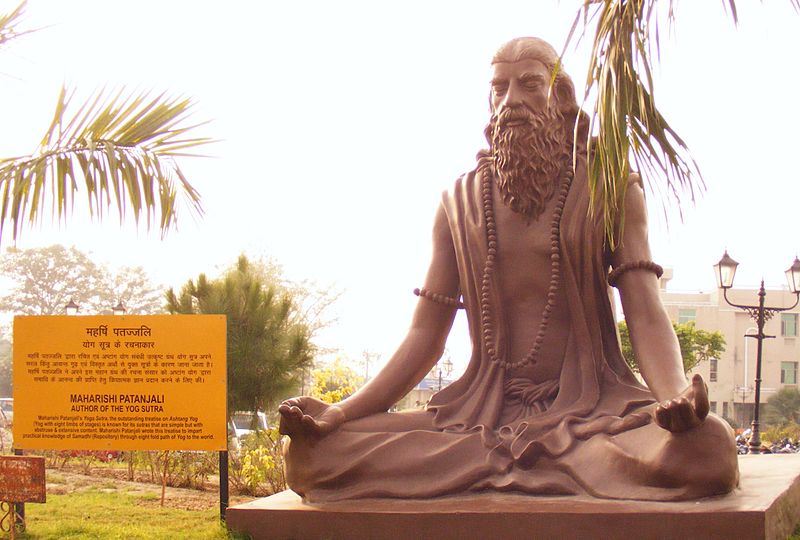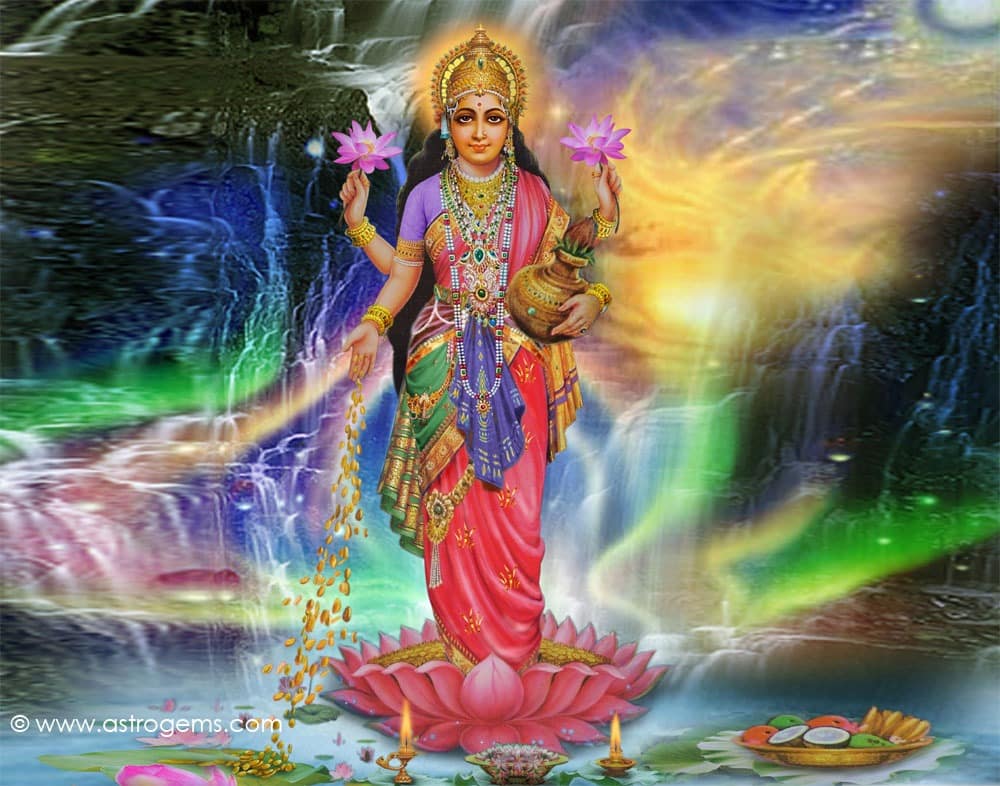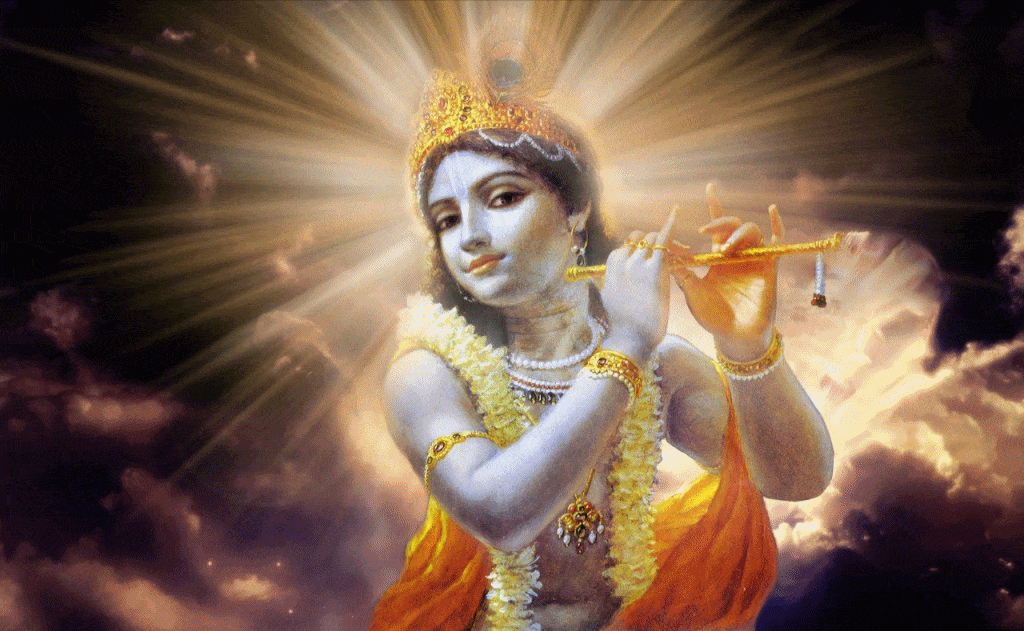Raja Yoga
Raja yoga is a term with different meanings depending on context; in the 1900s, Swami Vivekanada equated it with the sutras of Patanjali. Raja means best, chief, or king; when used in yoga it means the highest state of yoga practice or striving for samadhi (bliss). This is the feeling that you achieve in savasana after … Read more

